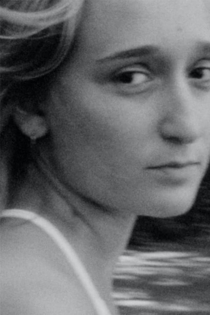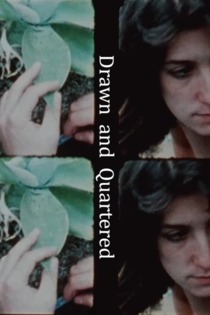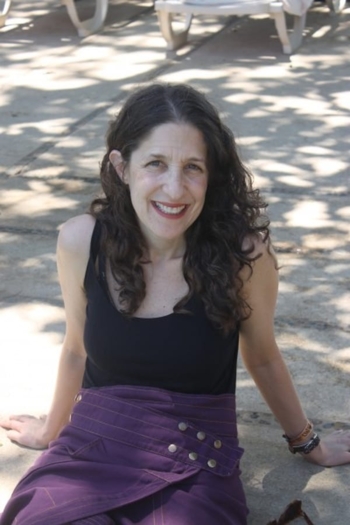
Lynne Sachs
1961 (64 года)Investigation of a Flame
Lynne Sachs
On May 17, 1968 nine Vietnam War protesters led by Daniel and Philip Berrigan, walked into a Catonsville, Maryland draft board office, grabbed hundreds of selective service records and burned them with homemade napalm. INVESTIGATION OF A FLAME is an intimate, experimental documentary portrait of the Catonsville Nine, this disparate band of resisters who chose to break the law in a defiant, poetic act of civil disobedience. How did the photos, trial publicity and news of the two year prison sentences help to galvanize a disillusioned American public? INVESTIGATION OF A FLAME explores this politically and religiously motivated performance of the 1960′s in the context of extremely different times, times in which critics of Middle East peace agreements, abortion and technology resort to violence of the most random and sanguine kind in order to access the public imagination.
Investigation of a Flame
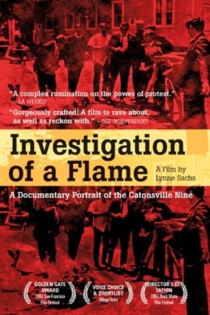
Film About a Father Who
Lynne Sachs
Julia Buchwald-Sachs, Ira Sachs Sr.
From 1984 to 2019, Lynne Sachs shot film of her father, a bon vivant and pioneering businessman. This documentary is her attempt to understand the web that connects a child to her parent and a sister to her siblings. As the startling facts mount, Sachs as a daughter discovers more about her father than she had ever hoped to reveal.
Film About a Father Who
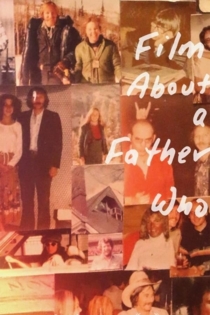
Same Stream Twice
Lynne Sachs
My daughter's name is Maya. I've been told that the word maya means illusion in Hindu philosophy. As I watch her growing up, spinning like a top around me, I realize that her childhood is not something I can grasp but rather (like the wind) something I feel tenderly brushing across my cheek. Eleven years later, I pull out my 16mm Bolex camera once again and she allows me to film her, different but somehow the same. - Lynne Sachs
Same Stream Twice
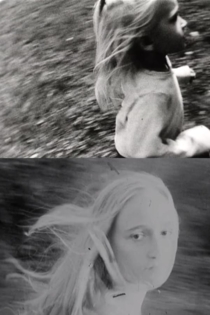
Your Day Is My Night
Lynne Sachs
Yi Chun Cao, Linda Chan
Immigrant residents of a “shift-bed” apartment in the heart of New York City’s Chinatown share their stories of personal and political upheaval. As the bed transforms into a stage, the film reveals the collective history of the Chinese in the United States through conversations, autobiographical monologues, and theatrical movement pieces. Shot in the kitchens, bedrooms, wedding halls, cafés, and mahjong parlors of Chinatown, this provocative hybrid documentary addresses issues of privacy, intimacy, and urban life.
Your Day Is My Night
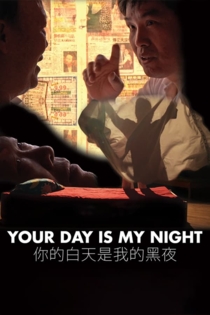
A Month of Single Frames
Lynne Sachs
Barbara Hammer
In 1998, filmmaker Barbara Hammer had a one-month artist residency in the C Scape Duneshack which is run by the Provincetown Community Compact in Cape Cod, Massachusetts. The shack had no running water or electricity. While there, she shot 16mm film with her Beaulieu camera, recorded sounds with her cassette recorder and kept a journal. In 2018, Barbara began her own process of dying by revisiting her personal archive. She gave all of her Duneshack images, sounds and writing to filmmaker Lynne Sachs and invited her to make a film with the material.
A Month of Single Frames
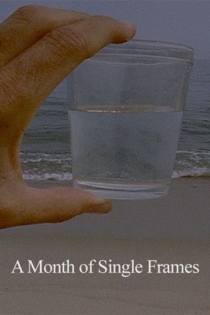
The Washing Society
Lynne Sachs, Lizzie Olesker
Ching Valdes-Aran, Veraalba Santa
When you drop off a bag of dirty laundry, who's doing the washing and folding? The Washing Society brings us into New York City laundromats and the experiences of the people who work there by observing these disappearing neighborhood spaces and the continual, intimate labor that is performed there.
The Washing Society
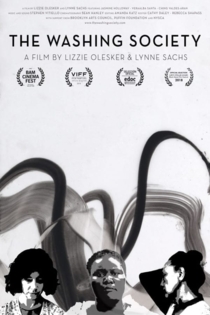
Photograph of Wind
Lynne Sachs
Maya Street-Sachs
My daughter’s name is Maya. I’ve been told that the word maya means illusion in Hindu philosophy. As I watch her growing up, spinning like a top around me, I realize that her childhood is not something I can grasp but rather (like the wind) something I feel tenderly brushing across my cheek. - Lynne Sachs
Photograph of Wind
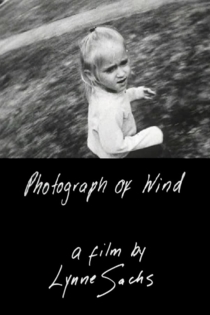
Carolee, Barbara and Gunvor
Lynne Sachs
Carolee Schneemann, Barbara Hammer
From 2015 to 2017, Lynne Sachs visited with Carolee Schneemann, Barbara Hammer and Gunvor Nelson, three multi-faceted artists who have embraced the moving image throughout their lives.
Carolee, Barbara and Gunvor
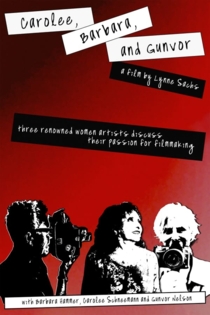
Still Life with Woman and Four Objects
Lynne Sachs
A film portrait that falls somewhere between a painting and a prose poem, a look at a woman’s daily routines and thoughts via an exploration of her as a “character”. By interweaving threads of history and fiction, the film is also a tribute to a real woman, Emma Goldman.
Still Life with Woman and Four Objects
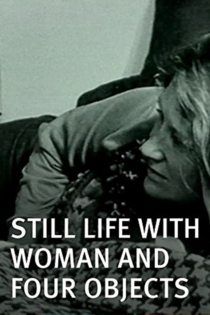
The Last Happy Day
Lynne Sachs
Israel John Gerendasi
THE LAST HAPPY DAY is an experimental documentary portrait of Sandor (Alexander) Lenard, a Hungarian medical doctor and a distant cousin of filmmaker Lynne Sachs. In 1938 Lenard, a writer with a Jewish background, fled the Nazis to a safe haven in Rome. Shortly thereafter, the U.S. Army Graves Registration Service hired Lenard to reconstruct the bones, small and large, of dead American soldiers. Eventually he found himself in remotest Brazil where he embarked on the translation of “Winnie the Pooh” into Latin, an eccentric task that catapulted him to brief world-wide fame. Sachs’ essay film uses personal letters, abstracted war imagery, home movies, interviews and a children’s performance to create an intimate meditation on the destructive power of war.
The Last Happy Day

Window Work
Lynne Sachs
Lynne Sachs
A woman drinks tea, washes a window, reads the paper: simple tasks that somehow suggest a kind of quiet mystery within and beyond the image. Sometimes one hears the rhythmic, pulsing symphony of crickets in a Baltimore summer night. Other times jangling toys dissolve into the roar of a jet overhead, or children tremble at the sound of thunder. These disparate sounds dislocate the space temporally and physically from the restrictions of reality. The small home-movie boxes within the larger screen are gestural forms of memory, clues to childhood, mnemonic devices that expand on the sense of immediacy in her “drama.” These miniature image-objects represent snippets of an even earlier media technology: film. In contrast to the real time video image, they feel fleeting, ephemeral, imprecise.
Window Work
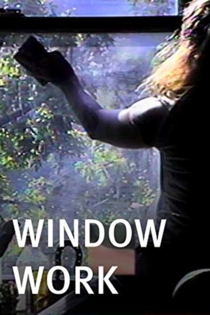
Girl Is Presence
Lynne Sachs, Anne Lesley Selcer
Noa Street-Sachs
During the 2020 global pandemic, filmmaker Lynne Sachs and her daughter Noa collaborated with Anne Lesley Selcer to create Girl is Presence. The work is a form of reading and listening in response to disquieting words from Selcer’s poem “Sun Cycle.” The film’s disparate objects reflect a disharmonious and tense list of voiced nouns. The poem’s original tone, contextualized by a book that deals with gender and power, takes on an expanded sense here. Against the uncertain and anxious pandemic atmosphere, inside domestic space, the “girl” arranges and rearranges a collection of small and mysterious things. Commissioned by Small Press Traffic for Bay Area Shorts during the national shelter-in-place order caused by the Coronavirus Pandemic of 2020.
Girl Is Presence
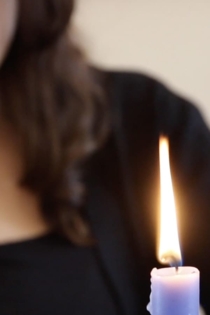
Day Residue
Lynne Sachs
I spent a day with my mother and stepfather shooting Super 8mm film in my childhood home in Memphis, Tennessee. Sigmund Freud believed that the instigation of a dream is often to be found in the events of the day preceding the dream, which he called the “day residue.”
Day Residue

Maya at 24
Lynne Sachs
Lynne Sachs films her daughter Maya in 16mm black and white film, at ages 6, 16 and 24. At each iteration, Maya runs around her mother, in a circle – clockwise – as if propelling herself in the same direction as time, forward. Conscious of the strange simultaneous temporal landscape that only film can convey, we watch Maya in motion at each distinct age.
Maya at 24
